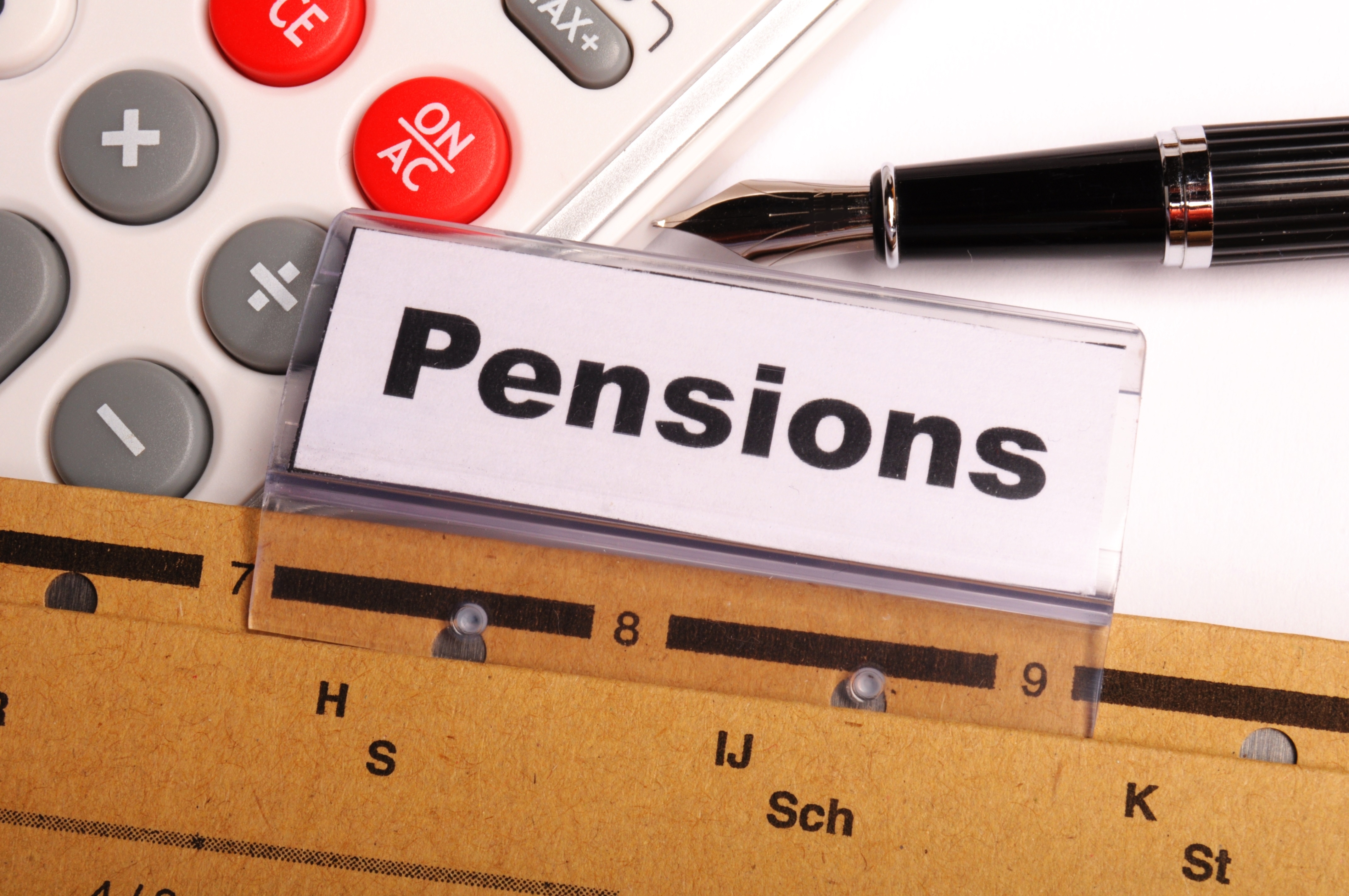News
Pension contributions hit record high in last tax year

Personal pension contributions hit a record high in 2016/17 at £24.6bn, up from £24.3bn in 2015/16.
However, the overall cost of tax relief to the Exchequer rose only slightly from £38.5bn in 2015/16 to £38.6bn in 2016/17. This represents a stabilisation, following significant increases in previous years as the tapered annual allowance for high earners looks to have offset increasing contributions from auto-enrolment.
Tax relief on pension contributions made by the self-employed remains tiny at £700m, barely half the level in 2007/08.
Steven Cameron, pensions director at Aegon, said the figures showed the amount of tax relief granted by HM Revenue & Customs on pension contributions has increased over the last 10 years by 25% from £30,600m to £38,600m. However, the increase in tax receipts on pensions in payment have increased more quickly by over 43% from £9,300m to £13,500m.
He added: “Tax paid on pensions in payment is likely to continue to rise as many current pensioners and those retiring in the coming years continue to benefit from generous defined benefit pensions. Auto-enrolment is leading to more people being in defined contribution workplace pensions, and while minimum contributions to these are about to increase, they will still typically be far less generous than the defined benefit schemes of the past.
He explained that most tax relief being granted on pension contributions is on those from the employer rather than the employee.
“82% is on employer contributions, showing that employers continue to pay in the vast majority. A significant part of this is likely to be employers paying in additional sums to defined benefit schemes to make up for funding shortfalls.” He said the figures for the self-employed are particularly worrying, against a rising number of self-employed.
Tom Selby, senior analyst at AJ Bell, said: “While most would have expected the tax relief bill to soar as automatic enrolment continues to be rolled out to millions more employees and employers, it appears the introduction of the annual allowance taper – which reduces the pension savings incentives for higher earners – has stemmed the tide somewhat. That said, the cost is likely to spiral ever higher as minimum auto-enrolment contributions are scaled up from 2% today to 8% from April 2019.”
He said there is more policymakers could do to embed certainty into the UK pensions system: “By establishing an independent savings commission similar to the Turner Review that eventually spawned auto-enrolment, we could begin to foster lasting cross-party consensus on the shape of pension saving incentives. If this could be achieved we might move permanently away from the pantomime politics that usually precedes a Budget statement, with savers often reacting to a blizzard of rumour and speculation.
“Failing to address this now will be a huge opportunity missed. At a time when the government is often accused of naval gazing, the Chancellor could show a genuine long-term commitment to delivering stability for savers.”
Steve Webb, director of policy at Royal London, said successive Chancellors have viewed pension tax relief as a ‘honey pot’, convenient to dip into whenever they are short of money.
“But pensions should be a long-term business, and six cuts in the last seven years simply undermines confidence in the system. It is time the Chancellor committed to no more changes to tax relief for the rest of this Parliament, especially now that the cost of tax relief has stabilised, so that people can plan with confidence.”